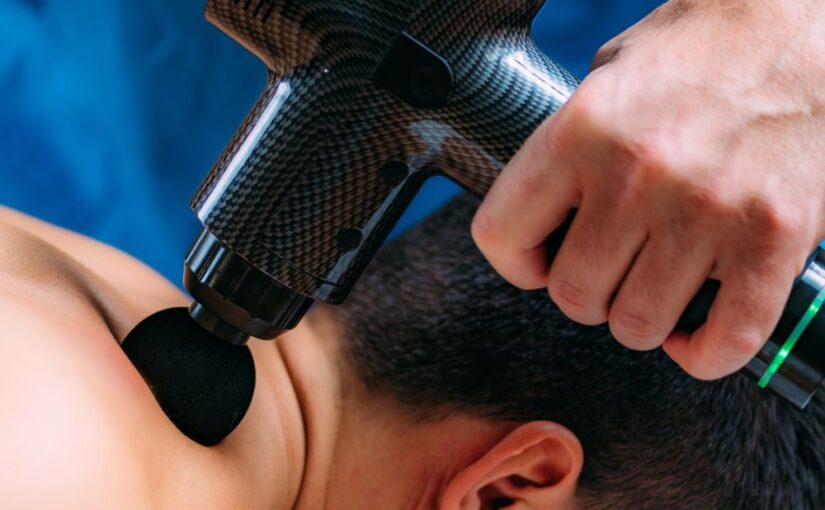Experiencing muscle soreness after a workout is a common phenomenon for many fitness enthusiasts. While it can be uncomfortable, understanding the reasons behind muscle soreness can help you manage it better and improve your training regimen. Here’s a closer look at why your muscles get sore after working out and what you can do about it.
1. The Science of Muscle Soreness
Delayed Onset Muscle Soreness (DOMS)
The soreness you feel after exercising, often referred to as Delayed Onset Muscle Soreness (DOMS), typically occurs 24 to 48 hours after a workout. DOMS is caused by microscopic tears to muscle fibers during intense or unfamiliar physical activity. This damage causes inflammation, leading to pain and stiffness.
Microtrauma
When you engage in activities that your body isn’t used to, such as lifting heavier weights or trying a new exercise, it causes microtrauma to the muscle fibers. This microdamage is a normal part of the muscle-building process. As your muscles heal, they become stronger and more resilient.
2. Factors Contributing to Muscle Soreness
Exercise Intensity
Higher intensity workouts, especially those that involve eccentric movements (where muscles lengthen under tension, like lowering a dumbbell), are more likely to cause soreness. For instance, running downhill or performing squats can lead to greater muscle damage and, consequently, more soreness.
Duration and Frequency
Longer workout sessions or increased frequency can also contribute to muscle soreness. As you push your body beyond its normal limits, the risk of microtrauma and inflammation increases.
Fitness Level
Beginners often experience more soreness than seasoned athletes. This is due to the body adapting to new stressors. As you become more conditioned, your muscles learn to cope with physical activity, reducing the severity of soreness over time.
3. The Role of Inflammation
When muscles sustain damage, the body initiates an inflammatory response to repair the affected tissues. This inflammation can lead to swelling and pain, which are common symptoms of DOMS. While inflammation is a natural part of healing, excessive inflammation can prolong recovery.
4. What You Can Do About Muscle Soreness
Stay Hydrated
Proper hydration is crucial for muscle recovery. Water assists in transporting nutrients to your muscles and flush out toxins that can contribute to soreness.
Warm Up and Cool Down
Incorporating a proper warm-up before your workouts and a cool-down afterward can help prepare your muscles for exercise and reduce soreness. Dynamic stretches during warm-up and static stretches during cool-down can promote flexibility and circulation.
Active Recovery
Engaging in light physical activity, such as walking or gentle yoga, can help alleviate soreness by increasing blood flow to the muscles and promoting recovery.
Nutrition
Consuming a balanced diet rich in protein, healthy fats, and carbohydrates supports muscle repair and recovery. Foods containing anti-inflammatory properties, such as berries, fatty fish, and leafy greens, can also help reduce soreness.
Rest and Recovery
Allowing adequate time for your muscles to recover is essential. Overtraining can lead to increased soreness and injury, so make sure to incorporate rest days into your routine.
Conclusion
Muscle soreness after a workout is a normal response to physical exertion, particularly when pushing your limits or trying new exercises. While it can be uncomfortable, understanding the causes of soreness can help you manage it effectively. By keeping hydrated, warming up properly, engaging in active recovery, eating a balanced diet, and allowing for rest, you can support your body’s healing process and continue to make progress along your fitness journey. Remember, soreness is a sign that your muscles are adapting and getting stronger!

